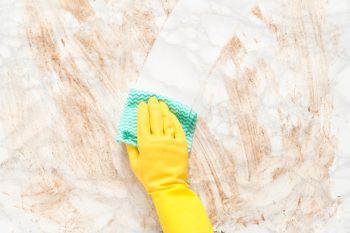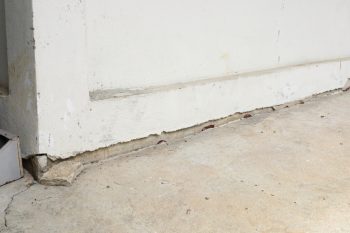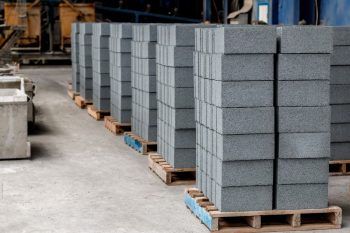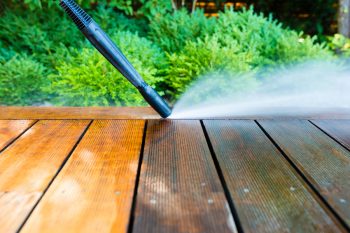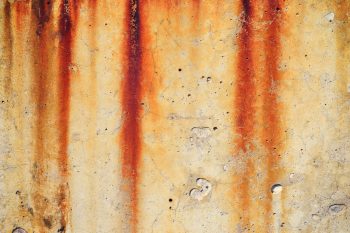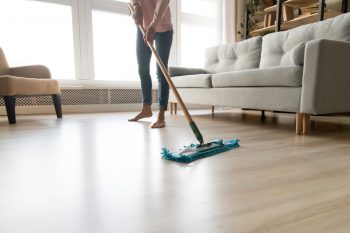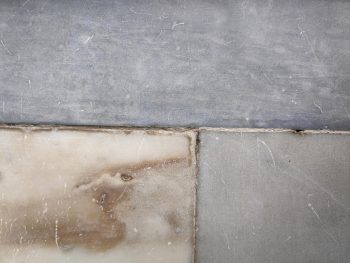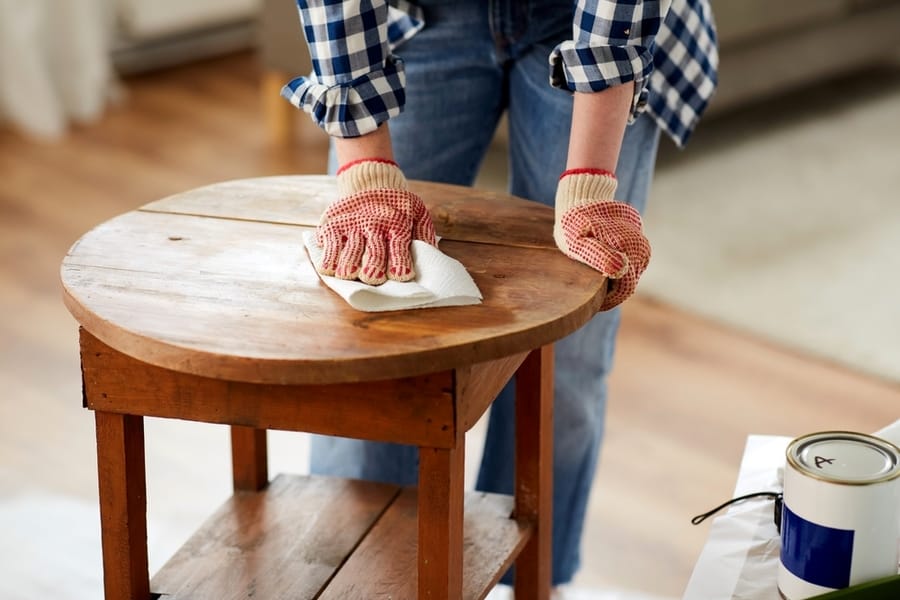
Most homeowners opt to use lacquer or varnish when they want to make their floor, countertop, or even furniture shine. If you are a DIYer, you will know that handling lacquer or varnish can accidentally get to spots you didn’t intend, and getting it off can be pretty challenging. So, how do you remove lacquer and varnish stains from a surface?
There are different remedies you can use to remove lacquer and varnish stains. But first, you must determine the stained material as it affects the cleaning option you can use, which includes:
- Cleaning the surface with amyl acetate.
- Scraping with a dull knife.
- Cleaning with acetone.
- Making a poultice with 3% hydrogen peroxide and mild detergent.
- Cleaning with ammonia solution.
- Using detergent and washing soda.
Also, you should consider if the lacquer and varnish stain is oil-based or water-based.
This article will teach you how to remove lacquer and varnish stains from different surfaces.
7 Tips on Removing Lacquer and Varnish Stains From Different Surfaces

If you are dealing with lacquer and varnish stains, knowing whether it is an oil-based or water-based stain makes a lot of difference. Generally, most water-based stains are easier to remove than oil-based stains.
Performing a water test on the surface will help you determine what type of stain you have on the surface. If you have an oil-based stain, the water drops will not permeate the surface; instead, they will form beads on the surface.
Aside from determining whether it is a water- or oil-based stain, the sooner you act, the better your chance of getting it off the surface. Below are tricks to remove lacquer and varnish stains from different surfaces.
1. Hard Surfaces
Hard surfaces like polyurethane, plexiglass, linoleum, acrylic plastic, tile, and so on are the easiest to get stains off because the lacquer and varnish stain does not easily permeate into them. On hard surfaces, you can sand the stain off.
But if standing affects the finish on the surface, you can use a dull knife to scrape as much of the stain as possible. Dabbing the area with a microfiber dipped in amyl acetate will also help remove the stain.
2. Stone
Removing the lacquer and varnish stain on a stone surface like marble or alabaster can be more arduous. While the surface is durable, the stain can easily seep into the stone, making it more challenging to get rid of.
In the case of removing this stain from the stone, first wipe off the excess, then wipe the area with a cloth dampened in acetone. If there is still a stain on the stone, make a poultice of water with detergent and 3% hydrogen peroxide, apply it to the stone, and cover it to prevent evaporation so the poultice bleaches the stains out.
3. Wood
Having varnish or lacquer stains on the wood is also tough to remove because the stain seeps into the wood. Using ammonia, you can remove the varnish or lacquer stains on hardwood or softwood.
But first, wipe off the excess stain with a clean cloth. Mix little ammonia with a mild detergent in a small bucket, and use the soap sud to clean the wood surface with a clean cloth. For stubborn stains, dip the end of a clean cloth in acetone and gently dab the area.
4. Carpet
If you accidentally get lacquer or varnish on your carpet, immediately scrap it off. But take note not to force the lacquer or varnish stain deeper into the carpet’s fiber as you scrape it off.
After getting as much of the stain as possible, apply amyl acetate to the stain and cover it with plastic wrap to stop the amyl acetate from evaporating. Keep the carpet moist for about 15 minutes, blotting it occasionally. Finally, scrape the loose stain from the carpet.
5. Masonry
It is also possible to remove lacquer and varnish stains from masonry surfaces like brick, concrete, granite, terrazzo, limestone, etc. But you must remove the excess spill as soon as possible. Then use a cloth dipped in acetone to dap the remaining stain until it picks up no more of the stain.
Also, wash the area with a soft brush using detergent and washing soda and water. Ensure you rinse the surface of the concrete with clean water and allow it to dry.
6. Metal
Getting varnish or lacquer stains on metal surfaces is the easiest to remove as the stain does not seep into the metal. So, whether it is an iron, stainless steel, aluminum, or tin, you can remove the lacquer or varnish stain similarly.
First, wipe off the excess stain from the floor using a clean rag. Next, to remove any discoloration, the stain may leave on the metal, wash it with a soap pad or steel wool. Finally, rinse thoroughly with clean water and wipe dry.
7. Fabrics
If you have lacquer or varnish stains on your fabric, the first thing to consider is whether the fabric is washable or non-washable. For non-washable fabrics like rayon, wool, silk, and fiberglass, scrape the excess stain, then apply a dry spotter. Let the dry spotter sit for a few minutes, then use a dry-cleaning solution to flush it and allow it to dry.
But for washable fabrics like nylon, cotton, polyester, and acrylic, scrape off the excess stain, then flush with acetone until no more stains are removed. Then rinse the fabric with dry-cleaning agent solvent and allow it to dry.
Conclusion
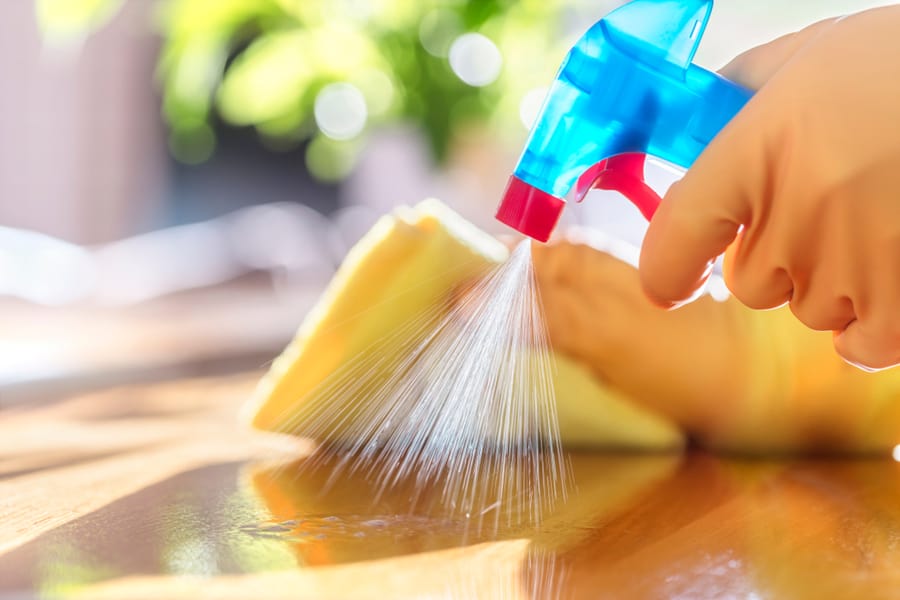
In summary, when dealing with varnish or lacquer stains, always consider the nature of the surface you are treating. Not all surfaces can tolerate the same removal technique.
Also, take note of whether the stain is oil-based or water-based. Remember, the sooner you act to remove the stain, the better the result you get.
Frequently Asked Questions
Can I Remove Varnish or Lacquer Stains From Upholsteries?
Yes, you can remove varnish or lacquer stains from upholstery. But you must proceed cautiously as different upholsteries are made of different fabrics. As such, each upholstery requires different care requirements.
How Can You Remove Lacquer or Varnish Stains From Hair?
Very few chemicals are favorable for removing lacquer or varnish stains from hair. Don’t use paint thinner on your hair; opt for milder options like mineral or olive oil. Gently massage the spot with the mineral oil to permeate it, then wash it with shampoo.
